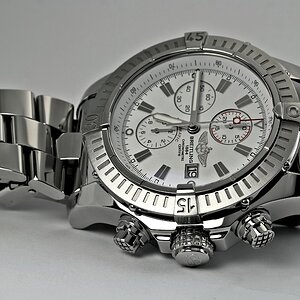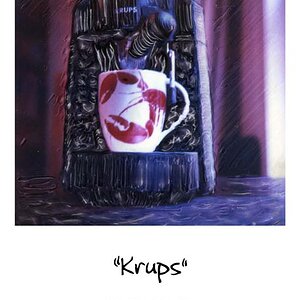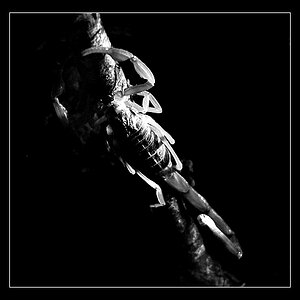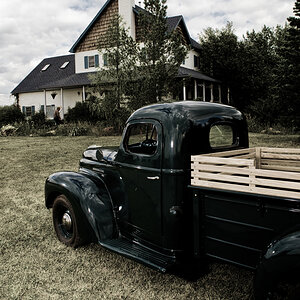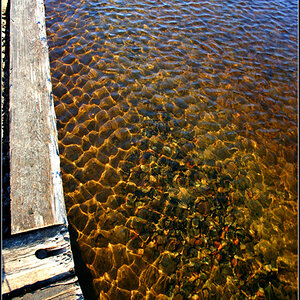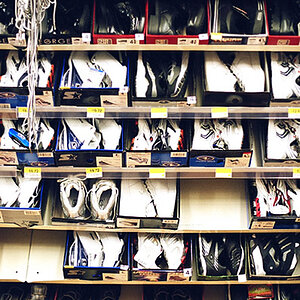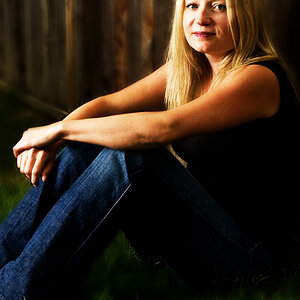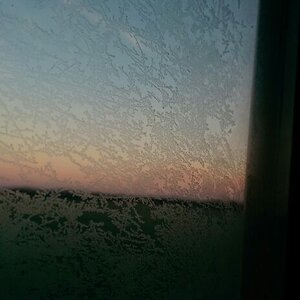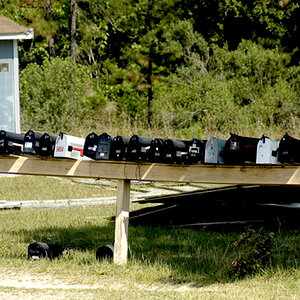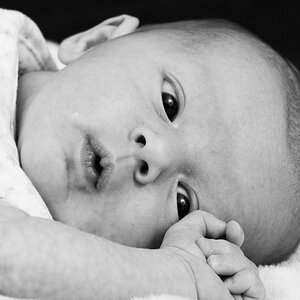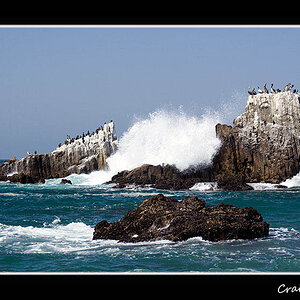EchoingWhisper
TPF Noob!
- Joined
- Aug 12, 2011
- Messages
- 1,553
- Reaction score
- 54
- Location
- Malaysia
- Can others edit my Photos
- Photos OK to edit
Do you think it is better to choose a smaller size when taking pictures or reduce the size using Bicubic Sharper in PS CS5?
If I already know that I don't need such a big picture, which one should I choose? Is the quality of picture resized smaller in PS better or is the original made-in-camera picture better?
If I already know that I don't need such a big picture, which one should I choose? Is the quality of picture resized smaller in PS better or is the original made-in-camera picture better?


![[No title]](/data/xfmg/thumbnail/33/33356-9cfc19255e84aab13c903f781a99cf9f.jpg?1619735920)
